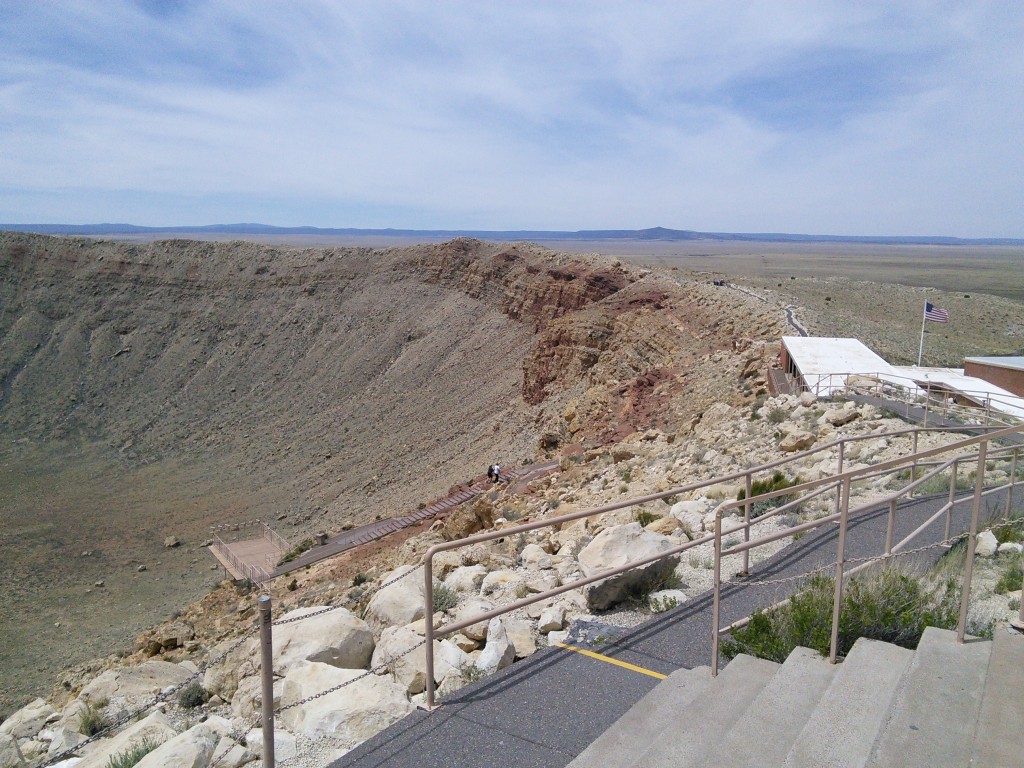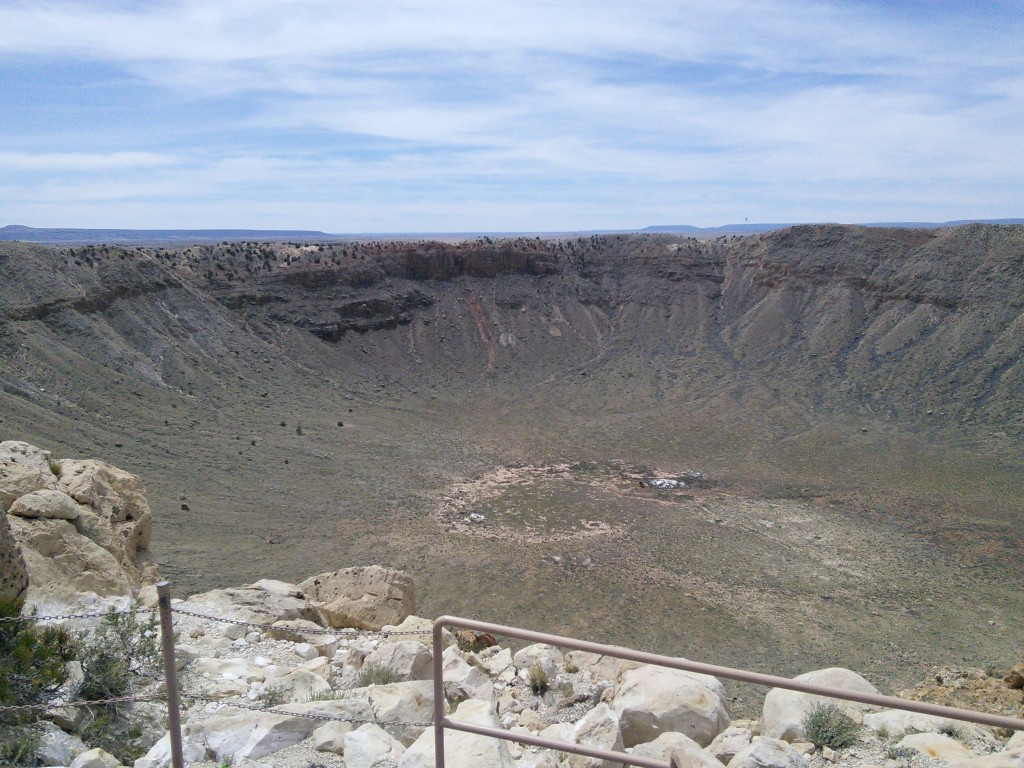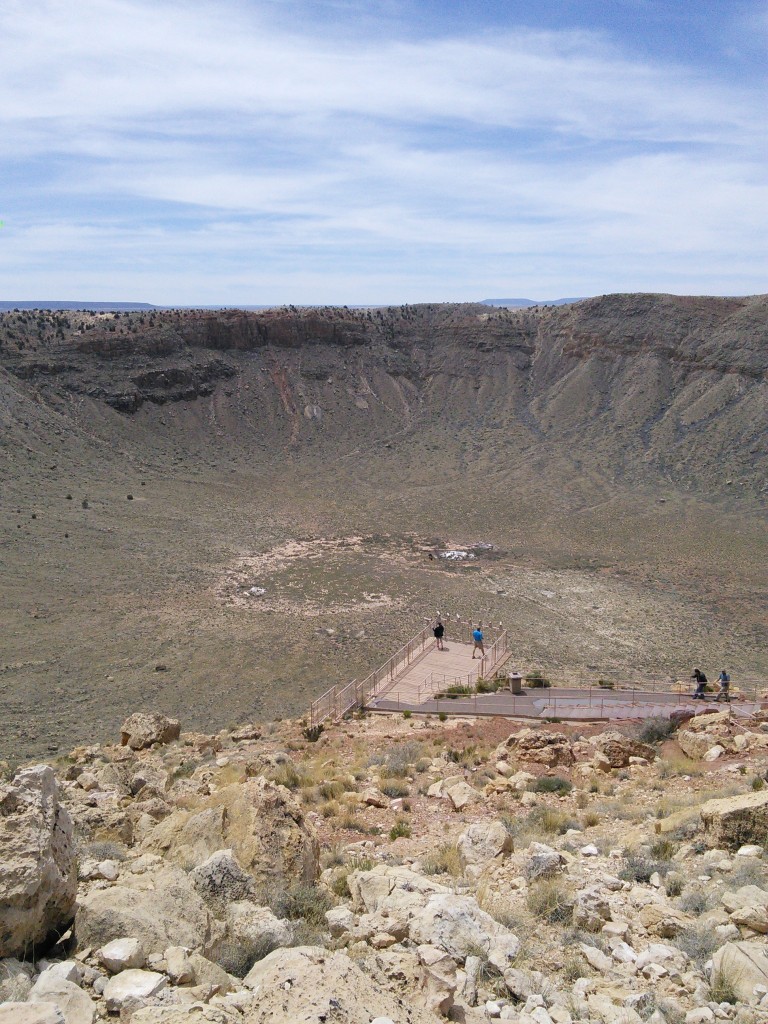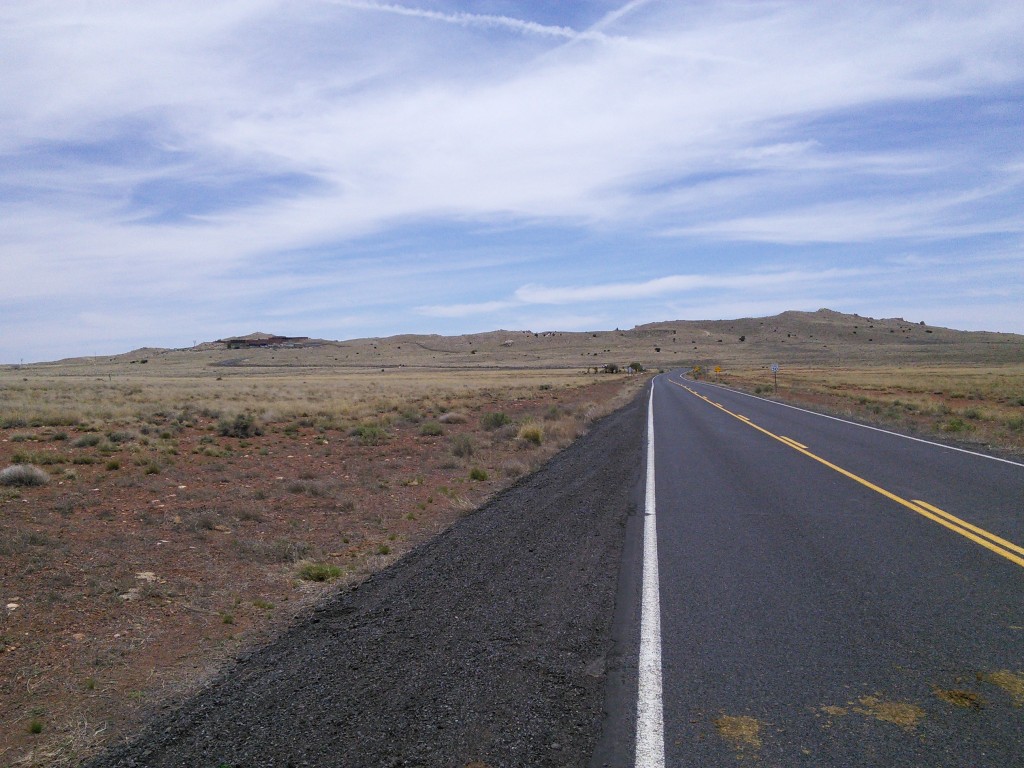Barringer Meteor Crater
Modified From Wikipedia:
The crater was created about 50,000 years ago during the Pleistocene epoch. Since the crater’s formation, the rim is thought to have lost 15–20 meters of height at the rim crest due to natural erosion. Similarly, the basin of the crater is thought to have approximately 30 meters of additional postimpact sedimentation from lake sediments and of alluvium. These erosion processes are the reason we see very few remaining craters on Earth, since many have been erased by this geological process. The relatively young age of Meteor Crater, paired with the Arizona climate, have allowed this crater to remain as we see it today. The lack of erosion that preserved the crater’s shape helped lead to this crater being the first crater recognized as an official impact crater from a natural celestial body.
The object that excavated the crater was a nickel-iron meteorite about 50 meters (160 feet) across. The speed of the impact has been a subject of some debate. Modeling initially suggested that the meteorite struck at up to 20 kilometers per second (45,000 mph) but more recent research suggests the impact was substantially slower, at 12.8 kilometers per second (28,600 mph). It is believed that about half of the impactor’s bulk was vaporized during its descent. Impact energy has been estimated at about 10 megatons. The meteorite was mostly vaporized upon impact, leaving little in the crater.




